Description
Retractors & Tongue Depressors – Essential Dental Instruments
Retractors and tongue depressors are indispensable tools in dentistry. They are primarily used to improve visibility and access during oral examinations, treatments, and surgical procedures. By keeping soft tissues and the tongue away from the working area, these instruments allow dental professionals to perform their duties with precision, accuracy, and patient comfort.
Retractors in Dentistry
Retractors are designed to gently move soft tissues — such as the cheeks, lips, and tongue — away from the treatment area, giving dental teams a clear view of the oral cavity. They are available in different types to suit specific clinical needs:
1. Cheek & Lip Retractors
-
Usually made of plastic or stainless steel
-
Feature a curved or V-shaped design
-
Retract cheeks or lips away from teeth and gums
-
Commonly used for:
-
Dental examinations and cleanings
-
Restorative procedures
-
Orthodontic treatments
-
2. Tongue Retractors
-
Designed to hold the tongue in place during procedures
-
Often have a flat, spatula-like end for stability
-
Provide clear access to posterior regions of the mouth
-
Widely used in:
-
Dental restorations
-
Tooth extractions
-
Oral surgeries
-
Tongue Depressors
Also known as oral depressors or tongue blades, these instruments are simple yet vital in dentistry:
-
Flat, thin design made of wood or medical-grade plastic
-
Used to depress the tongue for better visibility during oral and throat examinations
-
Common applications include:
-
Routine oral inspections
-
Detecting abnormalities or infections
-
Applying topical medications
-
Collecting oral swabs and samples
-
Clinical Importance
-
Ensures clear visibility of teeth, gums, and throat
-
Enhances accuracy in diagnosis and treatment
-
Improves safety and patient comfort during procedures
-
Essential for general dentistry, orthodontics, and oral surgery
Summary
Retractors and tongue depressors are fundamental instruments in modern dentistry. Retractors provide safe retraction of cheeks, lips, and tongue, while tongue depressors allow thorough inspection of the mouth and throat. Together, they support better visibility, accurate diagnoses, and successful treatment outcomes, making them indispensable tools for every dental practice.

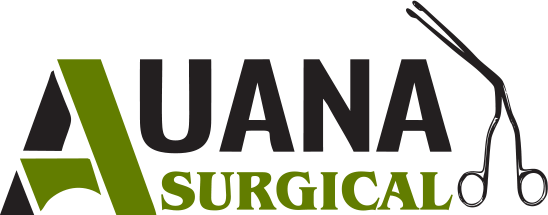
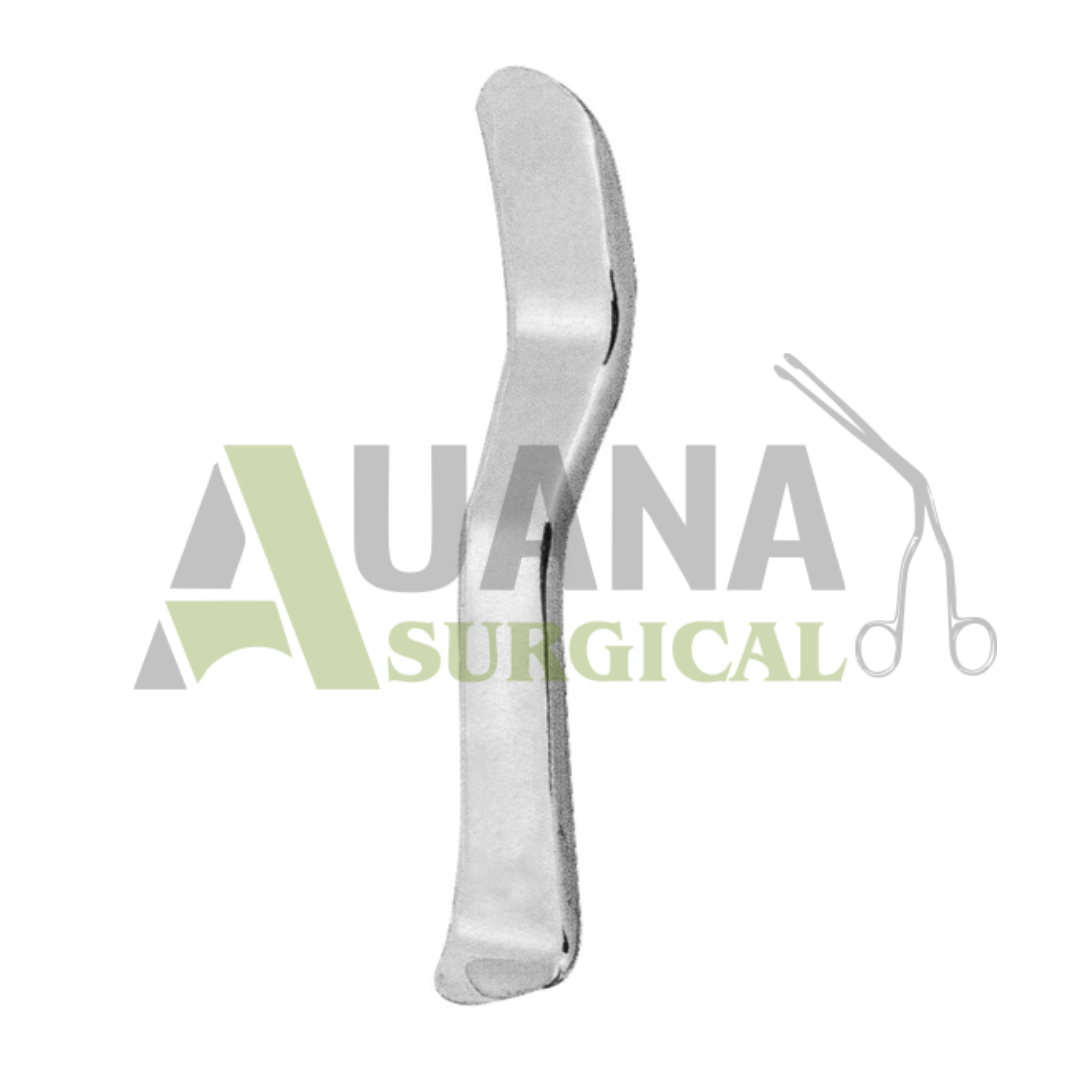
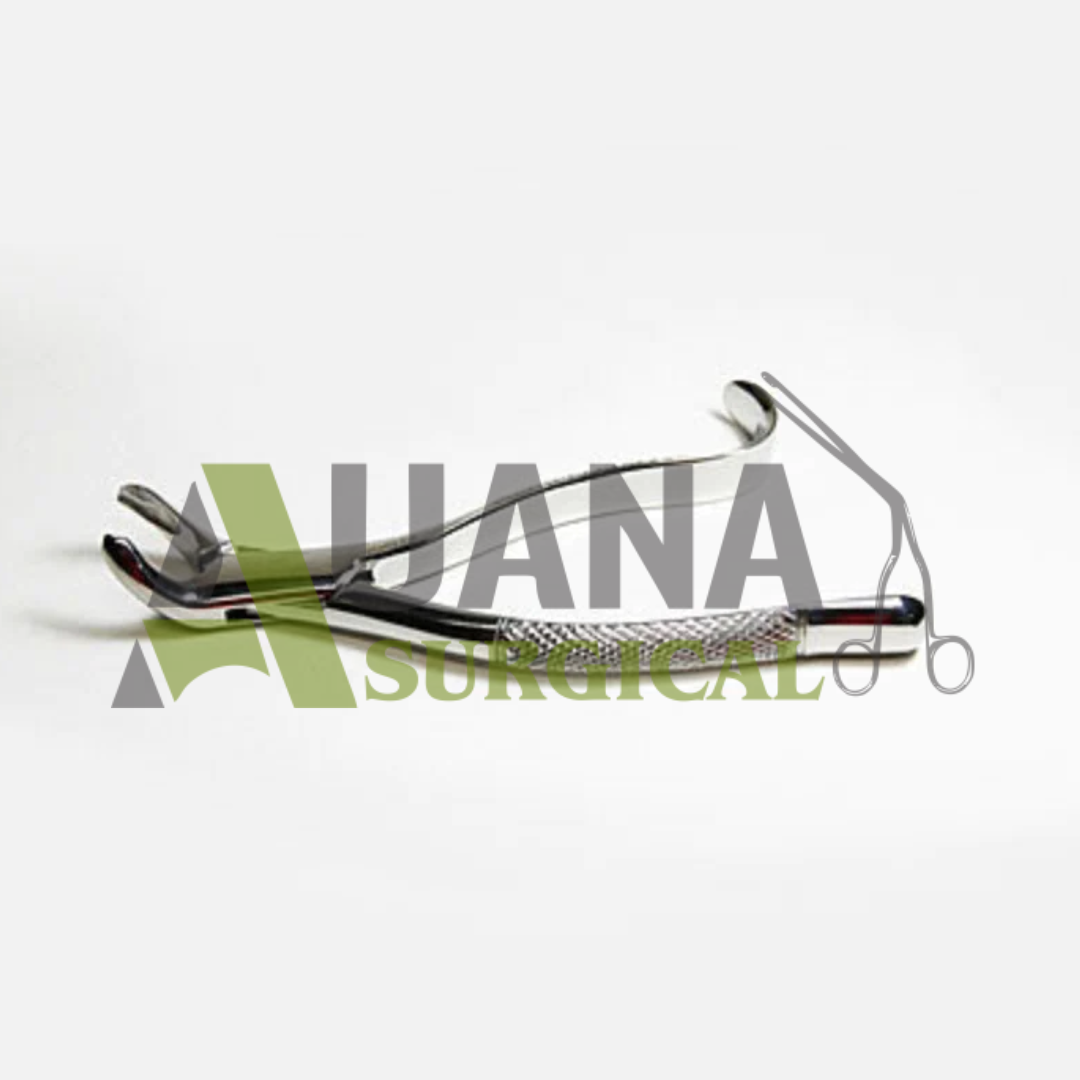
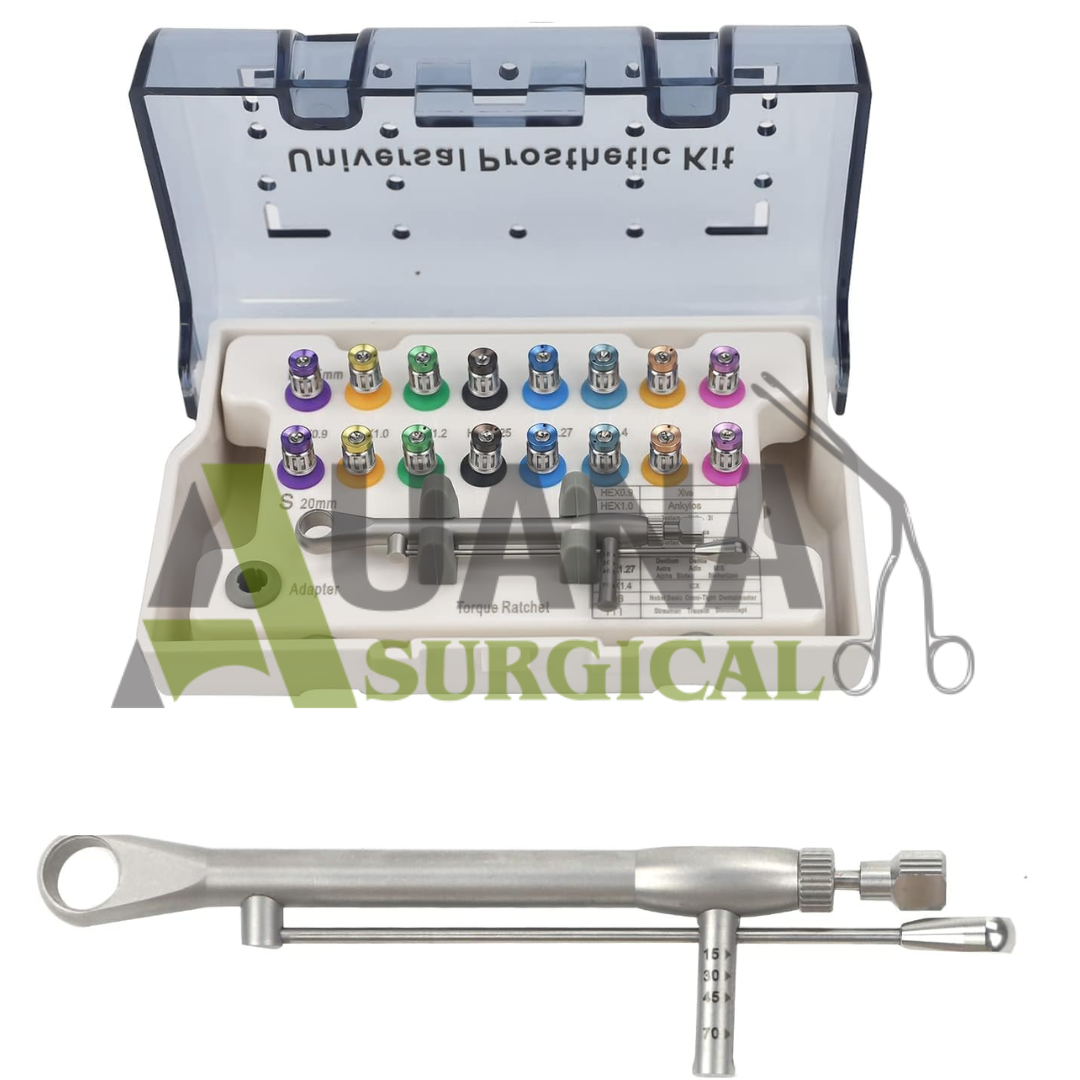
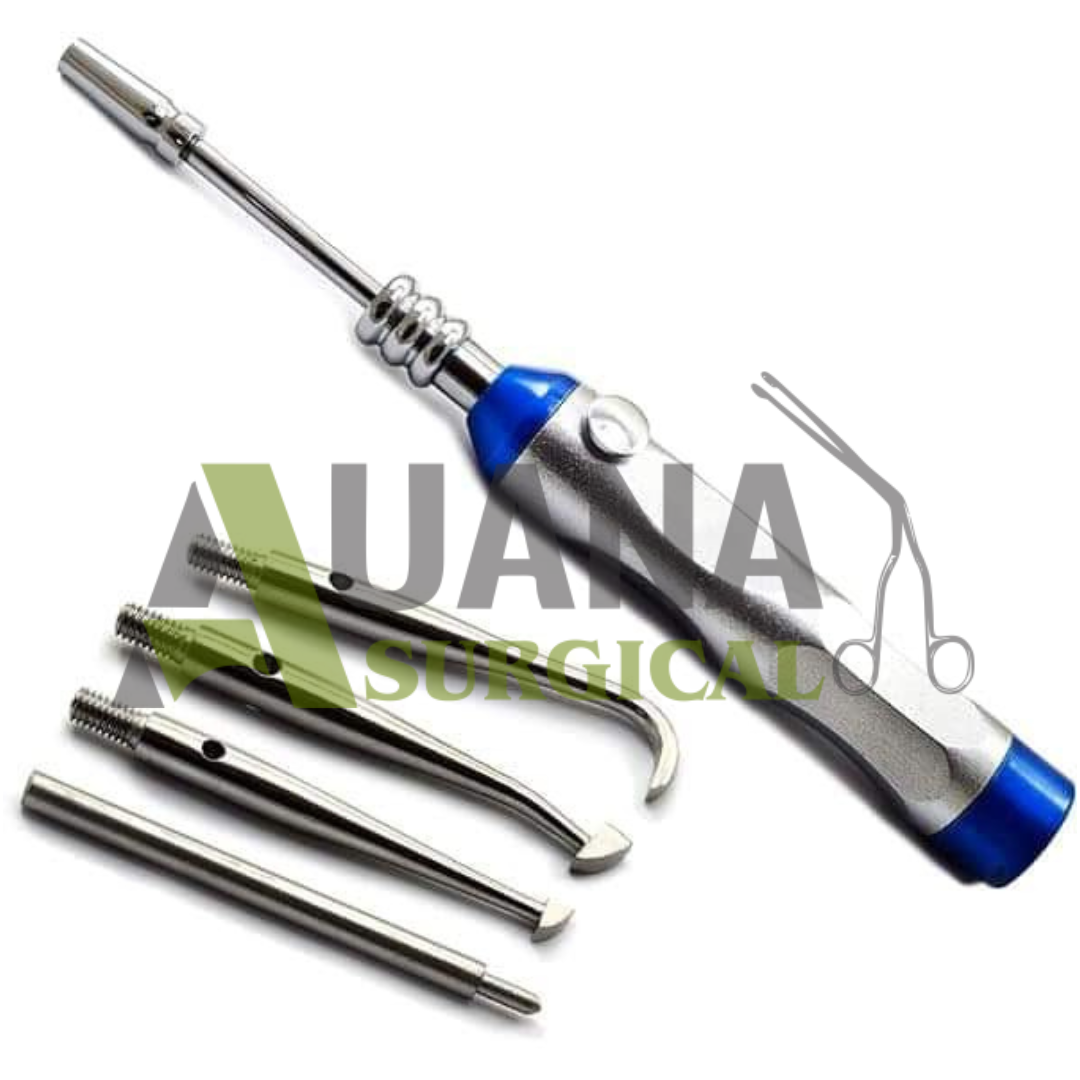
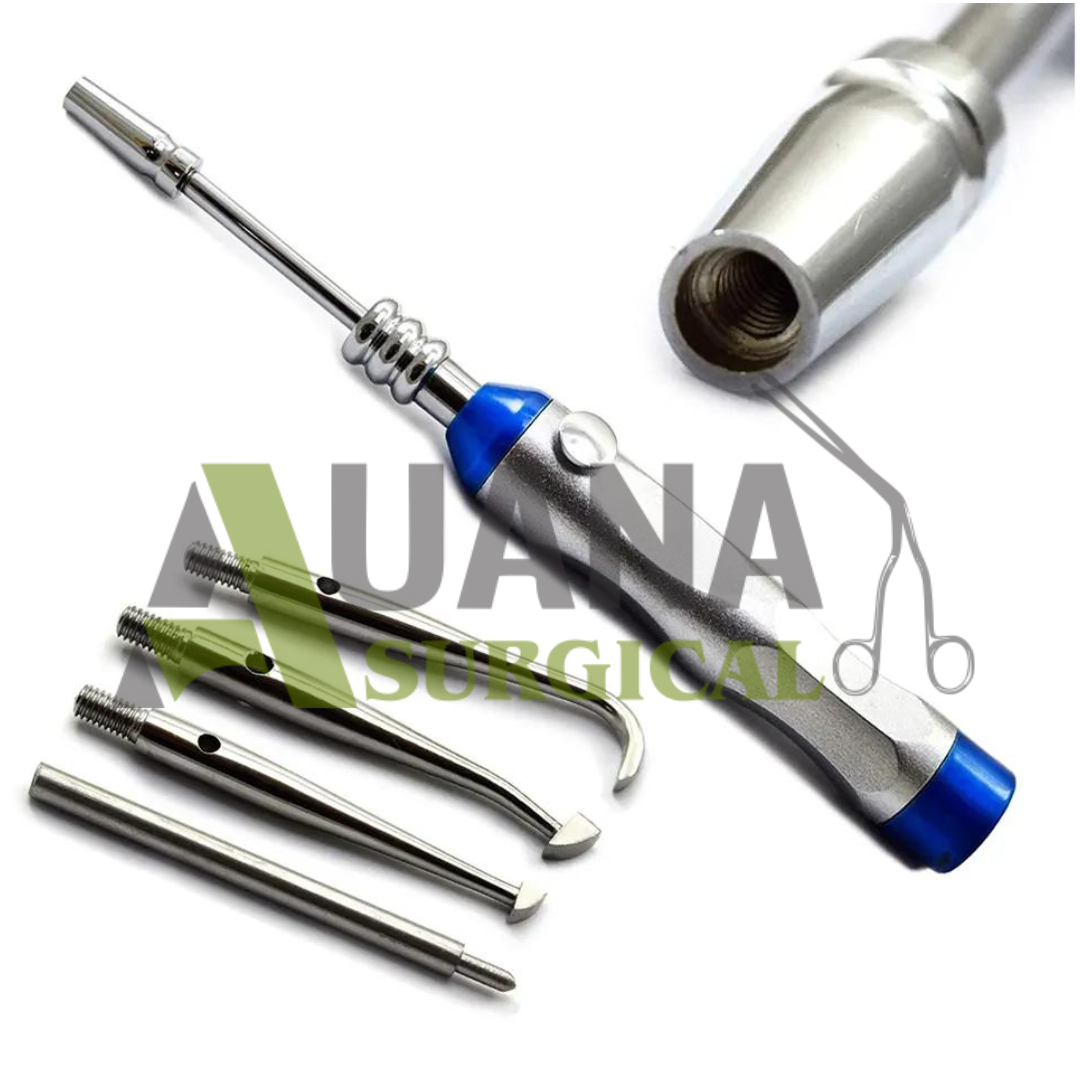
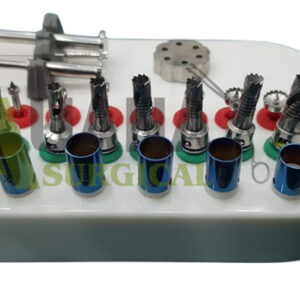
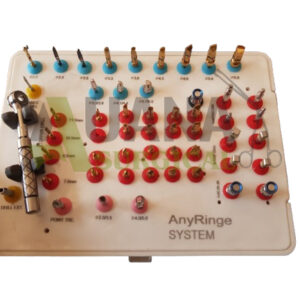
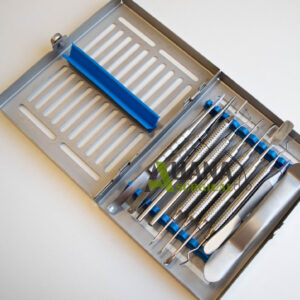
Reviews
There are no reviews yet.